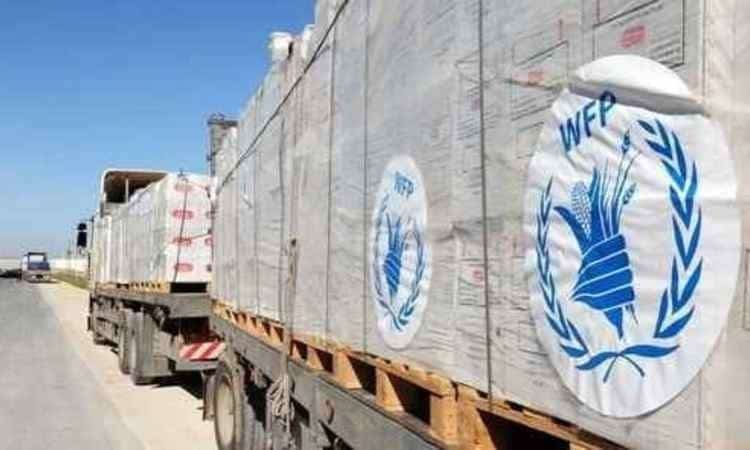This is the first article in a five-part series about emergency food assistance during natural disaster relief.
On December 26th, 2004, an earthquake struck off the west coast of Indonesia, resulting in a tsunami that killed 150,000 people and devastated local agriculture, food supplies, and stores of clean water in Indonesia, Sri Lanka, Thailand, and other nearby countries. Water pollution became a serious problem; salt-water infiltrated freshwater supplies like wells, and a salt layer appeared atop arable soil. Most wells recovered one and a half years after the quake, but thousands of rice, mango, and banana plantations in the region were destroyed completely.
Natural disasters are occurring more frequently than ever before, and experts like those at Vanderbilt and Tulane Universities predict that this trend will continue. These disaster events easily encourage waves of worldwide support, but as World Vision reports, on-the-ground relief is generally perceived as slow, chaotic, and confused. Whether that perception is right or wrong, it is clear that in any disaster, the first stage of relief focuses on search and rescue, and on fulfilling basic human needs like access to food and water, as reported recently by the United Methodist Committee on Relief.
After the earthquake, Jim Morris of the World Food Programme (WFP), a branch of the United Nations, told reporters “Our job is to get food to people to save lives, to address the special nutritional issues relating to women who are pregnant, nursing, and to young children.” WFP sends Emergency Assessors into disaster-struck areas to come up with a who, what, and where plan of action for delivery of food aid. Within the first two weeks post-earthquake, WFP had supplied 900,000 people in Indonesia and Sri Lanka with foodstuffs, including rice, canned fish, vegetable oil, noodles, and biscuits. Three weeks after the tsunami hit Indonesia, WFP opened an additional humanitarian air hub to cut the time needed for food delivery in half. By May 2005, WFP had provided food aid to 2.2 million people in six countries affected by the tsunami.
Throughout the year following the tsunami, WFP enrolled 180,000 pregnant or nursing women and young children in Indonesia in an emergency program to improve nutrition. 100,000 pregnant and nursing women and children in Sri Lanka received an emergency supply of a nutritious corn soya blend, but warehouses in three regions storing it had to be fumigated after experiencing continuous problems with infestation.
Not all food aid is in commodities. Food assistance in the form of cash and in-kind programs is growing. Three hundred and ninety-seven Sri Lankan schools in tsunami-affected areas received school-feeding programs during the year following the earthquake. Four hundred and forty-four food-for-work projects were approved in tsunami-affected regions of Sri Lanka, but only 15 percent were completed by October of 2005. A cash disbursement trial began in Sri Lanka in the same month.
Although food aid is in high demand and makes up the largest chunk of humanitarian aid, some in the international aid community, including the Humanitarian Policy Group, the Overseas Development Institute, and Germany’s Federal Ministry for Economic Cooperation and Development, have raised concerns about its effects. These experts worry about the disruption of local markets, the inability to control for quality, and the potential for competitive bidding. Local procurement is said to be cheaper and faster, with the added bonus of benefiting local farmers, but virtually none of the food aid delivered after the 2004 Indian Ocean Earthquake was locally sourced. Food security in the region deteriorated after the earthquake and remains that way, affecting already vulnerable populations more harshly. Recovery efforts were directed at the worst hit regions, while indirectly affected areas also felt the effects of food insecurity but received little to no aid.















